To develop a frequency distribution, the data on each type of bread was distinguished from the others. Then, the maximum and minimum values for each type of bread were found – they were the minimal and maximal limits of the given variation (Japolli Bakery, 2021). Each Variation Range was divided into similar intervals. The result of this procedure is in tables of Excel file. In addition, the histograms were plotted for the frequency distribution of each bread type.
Table 1: White Bread Frequency Distribution
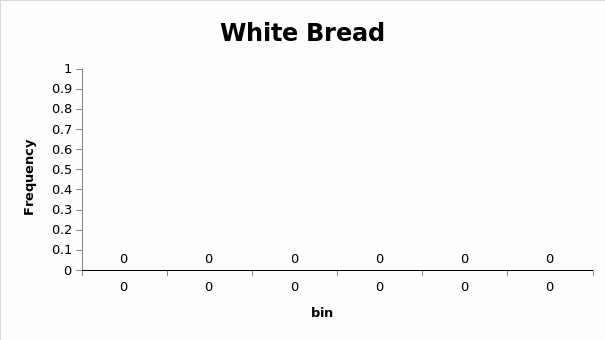
Table 2: Wheat Bread Frequency Distribution
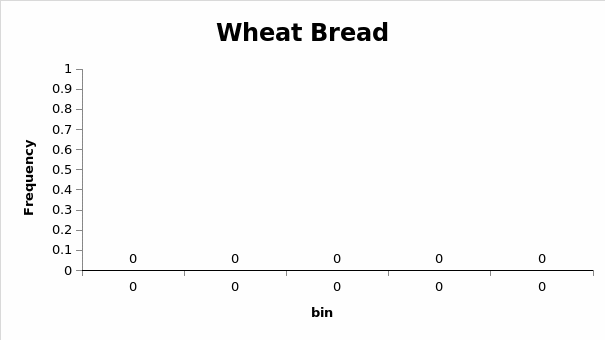
Table 3: Multigrain Bread Frequency Distribution
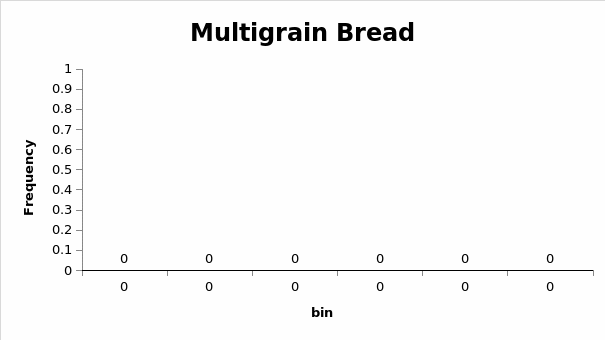
Table 4: Black Bread Frequency Distribution
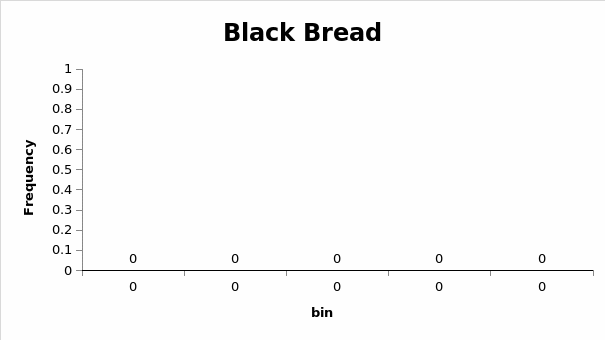
Table 5: Cinnamon Raisin Bread Frequency Distribution
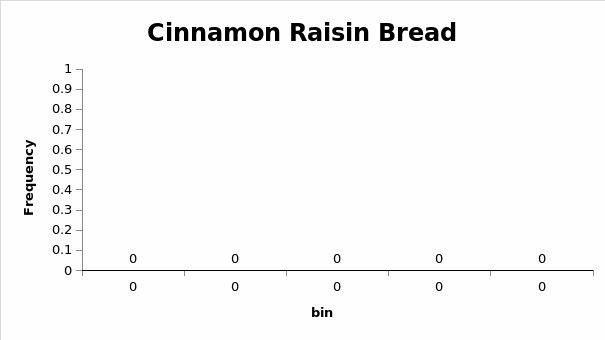
Table 6: Sour Dough French Bread Frequency Distribution
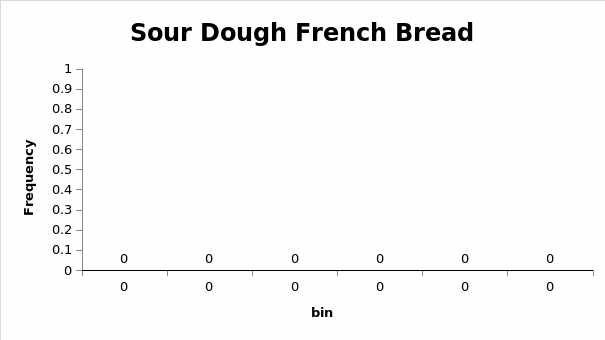
Table 7: Light Oat Bread Frequency Distribution
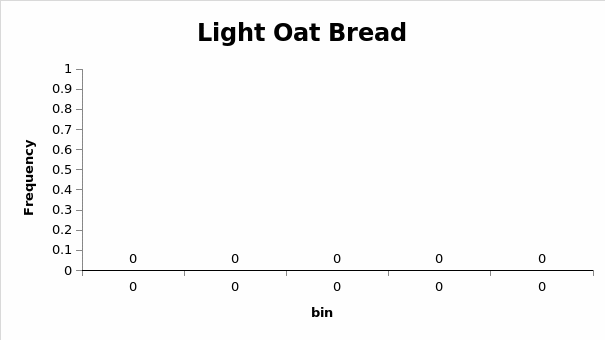
Relative Variability
Then, relative variability was counted for each bread type in the given dataset. To find relative variation, the standard deviance of each bread type’s data was divided by the average value of the same data and multiplied by 100%. The results are presented in the following table 8.
Table 8: Bread Types Relative Variability
The comparative table revealed that Multigrain bread showed the highest relative variability (31%), while Wheat bread showed the lowest relative variability (20%).
Production Plan
The given dataset contains information on demand for 3 weeks and 1 day (22 days). As the demand should be met on at least 75% of the days of the year, the number of loaves should be calculated for at least 273,75 days. Thus, 274 weeks multiplied by 7 days 9 (1918 days overall) and by the average demand. The result is presented in the table below.
Table 9: Demand on Bread Types
Therefore, the production of loaves should be annually at least 1,150,364 loaves for White bread, 1,018 loaves for Wheat bread, 868,506 for Multigrain bread, 735,728 for Black bread, 267,997 for Cinnamon Raisin bread, 243,761 for Sour Dough French bread and 501,819 for Light Oat bread. These amounts would allow the demand to be met on at least 75% of the year’s days.
Reference
Japolli Bakery daily demand data, Sample. (2021).